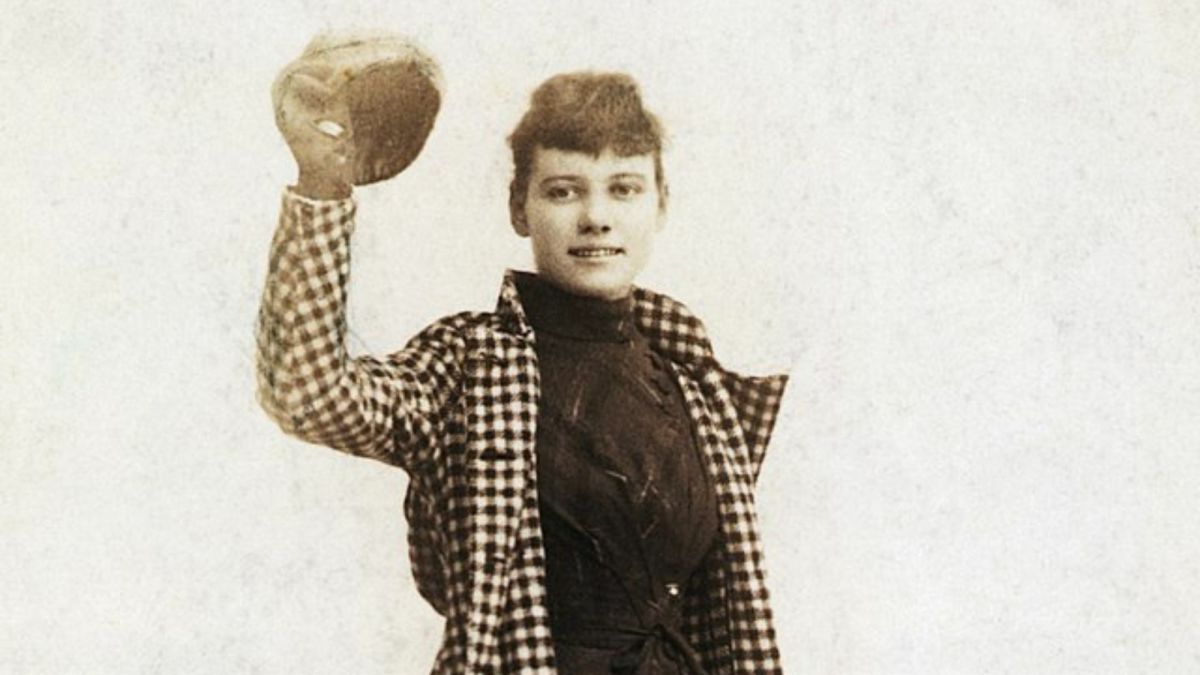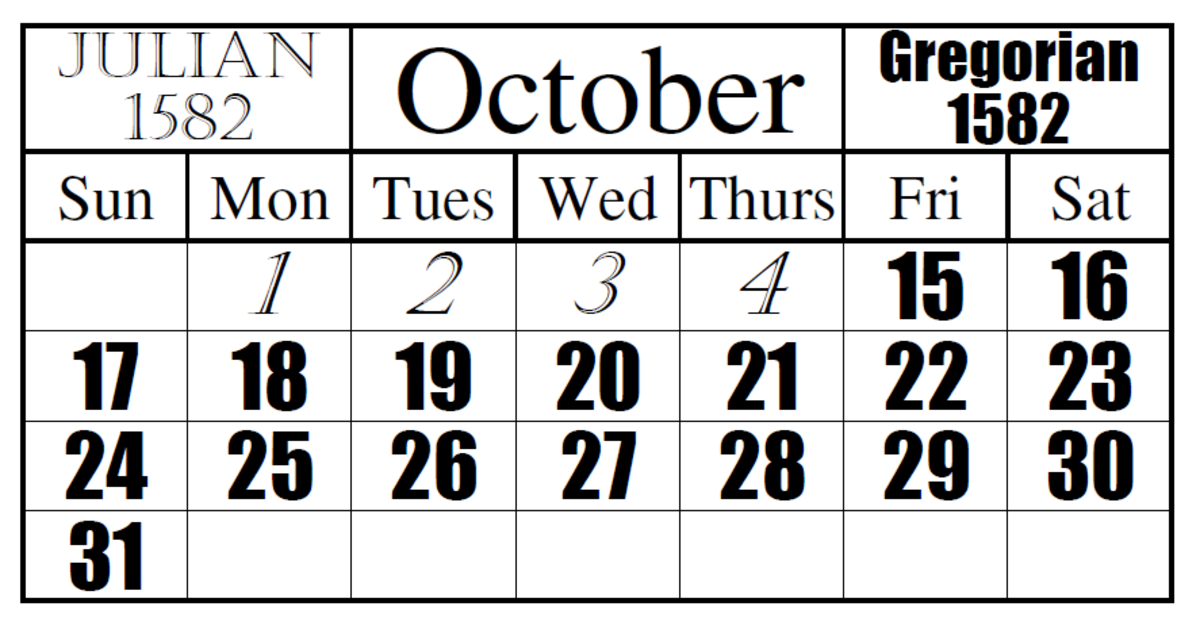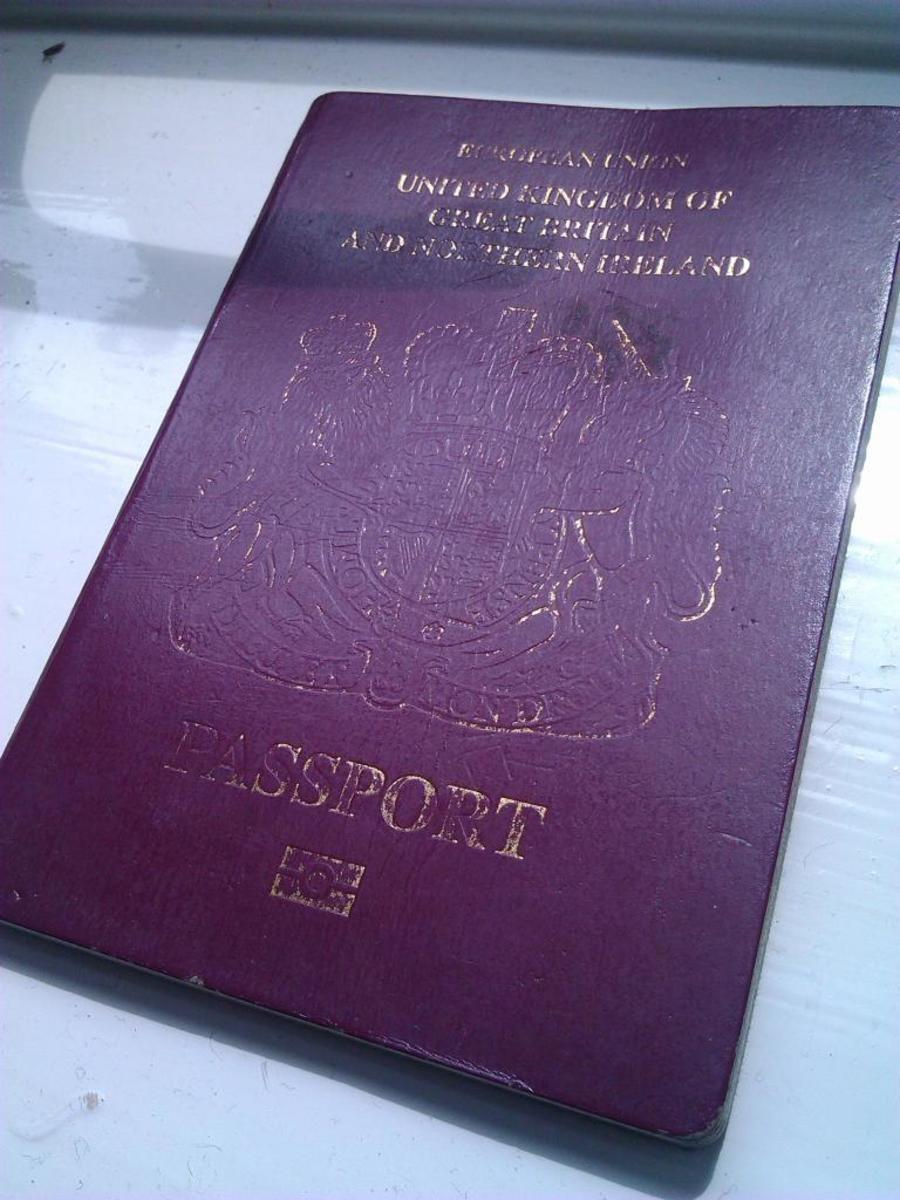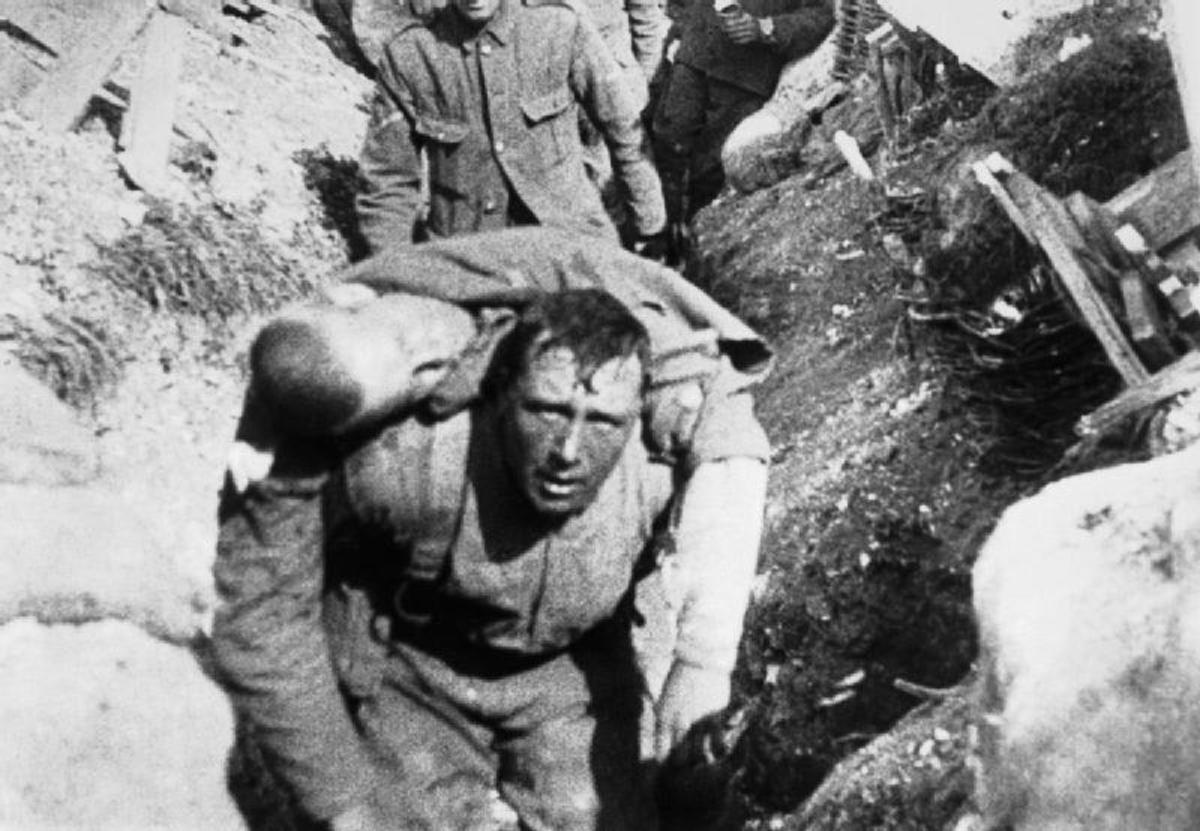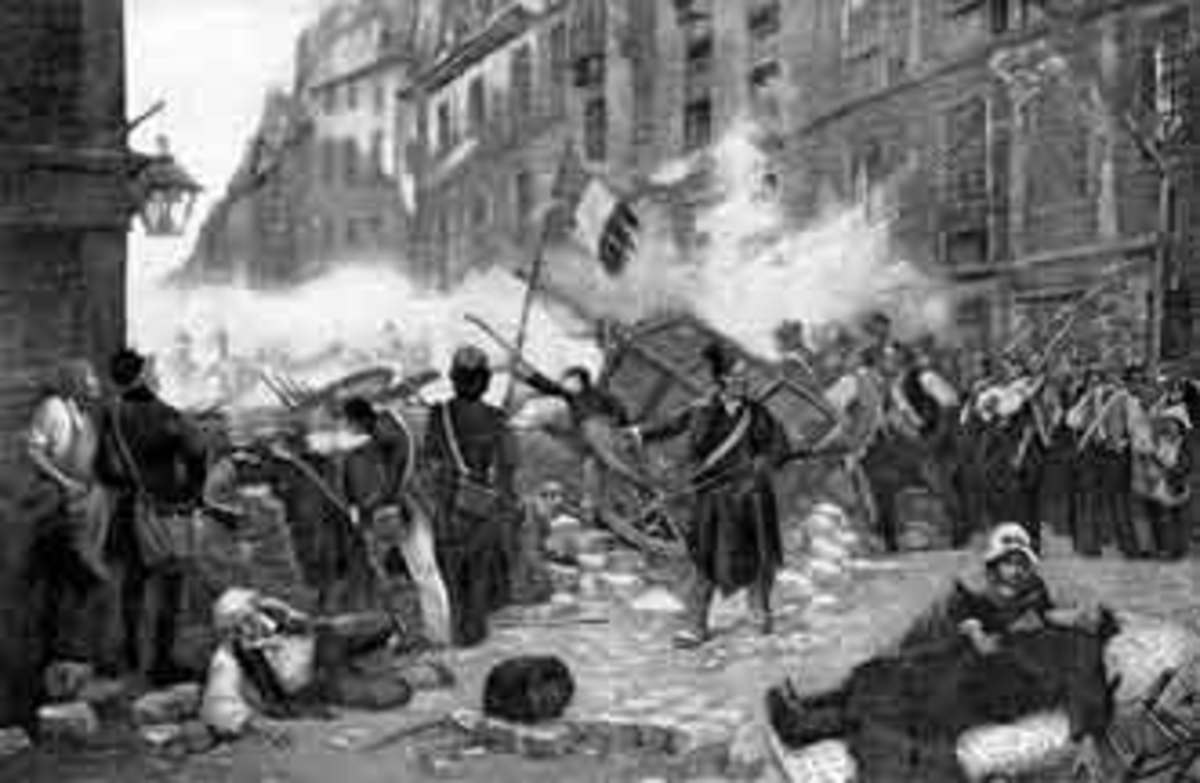76 Days Around the World: How Nellie Bly Outran Fiction and Changed History
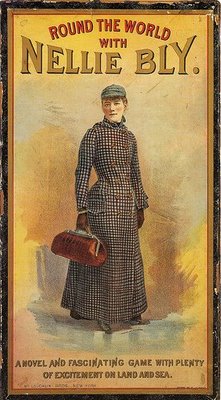
In 1889, a 25-year-old woman packed a single small bag, stepped aboard a steamship, and decided to race fiction.
Her goal? Beat Phileas Fogg — the fictional gentleman from Jules Verne’s Around the World in 80 Days — at his own game. Not just to prove it could be done. But to prove a woman could do it. Alone. With no chaperone, no man, no velvet-gloved “protection.” Just a passport, a relentless will, and a sturdy coat.
Her name was Nellie Bly, and what she accomplished wasn’t just a journalistic stunt — it was a cultural earthquake in corset form.
“You’re a woman. You’ll need a dozen trunks.”
When Nellie first pitched the idea to her editor at The World (a major New York newspaper), he laughed. Not maliciously, but dismissively. A woman? Travel around the globe? Alone? With all the transfers, the dangers, the inconveniences of being, well, female? Impossible.
He even suggested sending a man instead.
Nellie’s reply was classic Bly: “Very well. Start the man and I’ll start the same day for some other newspaper and beat him.”
Guess who got the assignment.

One bag, one passport, and a dress
Let’s talk gear. Nellie brought a single small leather bag. It fit in her lap. In it: a few changes of underwear, toiletries, writing supplies, and a flask of drinking water. Her coat doubled as protection against the cold and rain. And that was it.
No roller suitcase. No entourage. Not even a second pair of shoes.
Why? Because she knew speed mattered. Every extra bag was a delay — and this wasn’t just about completing the trip. She wanted to win.
The race begins
Nellie departed from Hoboken, New Jersey on November 14, 1889. The plan was simple: go east — by ship, by train, by rickshaw if necessary — and keep moving.
The journey took her through England, France (where she met Jules Verne himself), Italy, Egypt, the Suez Canal, Ceylon (now Sri Lanka), Singapore, Hong Kong, and Japan. Every step came with its own chaos: missed ships, surprise delays, language barriers, customs arguments, and the occasional colonial nightmare.
And she did it all solo.
Well — almost solo.
Meanwhile, surprise twist: another woman joins the race
Unbeknownst to Bly, another magazine — Cosmopolitan, of all places — had launched a competing voyage. Their traveler? Elizabeth Bisland, another journalist. She was going west, hoping to beat Bly and fictional Phileas Fogg in one go.
The world suddenly had its first international travel race between two women. And the press went wild. Fans tracked their routes in newspapers. Betting pools opened. The globe had never felt smaller — or more thrilling.
The final stretch
After 76 days, 6 hours, and 11 minutes of constant motion, Nellie Bly returned to New Jersey to a hero’s welcome. She hadn’t just beaten the fictional 80-day record — she’d crushed it.
Bisland, to her credit, finished just a few days later. But Nellie had won the race, the fame, and the world’s imagination.
Why it mattered
Today, “solo female travel” is a genre of Instagram. But in 1889, it was a radical act. Nellie wasn’t just doing something daring — she was blowing a hole in the world’s assumptions about what women could and should do.
She proved that intelligence, courage, and ambition weren’t gendered. That you didn’t need a husband, or a trunk full of gowns, to have an adventure. That sometimes, one bag and a plan was enough.
And she did it with style, speed, and zero apologies.

Postscript: more than a traveler
Oh — and by the way? This wasn’t even the most badass thing she ever did.
Nellie Bly was an undercover journalist who once had herself committed to an insane asylum for ten days to expose the horrific conditions inside. Her reporting led to real reforms.
She later reported from the Eastern Front during World War I. She ran her own business. She was the real deal — not a socialite tourist or a bored heiress chasing thrills.
Just a working-class woman with an unstoppable engine.
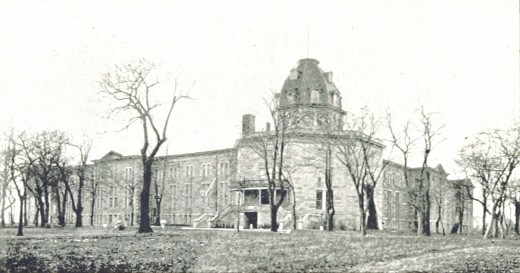
And yes, there was a board game
Her journey inspired books, toys, board games, and a storm of media attention. She became one of the most famous women in America — for a time.
But like so many trailblazing women, her fame faded while lesser men got chapters in schoolbooks.
It’s time to bring her back.
Because Nellie Bly didn’t just race around the world.
She changed it.

